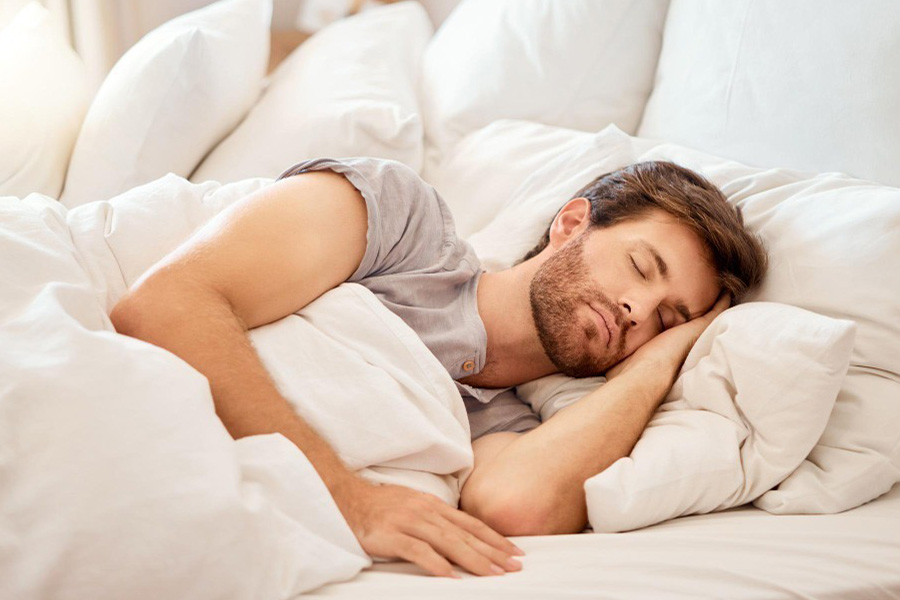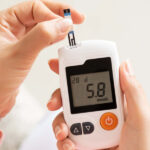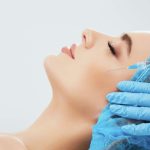The Evora mask is highly developed and comfortable for users who need it for sleep apnea giving a good treatment effect. For optimal use of the Evora CPAP mask, both fitting and adjustment must be correct. The following is a step-by-step approach to help you get the best out of Evora CPAP mask.
1. Know the Elements of the Evora CPAP Mask
When you are about to wear the mask, take some time to look at the interior of the mask and identify what is inside. The Evora CPAP mask comprises a nasal cushion that is soft, a headgear system, and a light frame. The nasal cushion is an effective cushion that is placed directly on the nasal area and is well fixed by the headgear. For a snug fit, which is required for a proper angling of the ram, the frame offers the right support.
2. Prepare for Fitting
As a primary step it is important to wash your face and make sure that there is no dirt or anything around the mask. In any case, face washing with a mild soap and water can be done to rid the face of any oils or residuals that may interfere with the seal of the face mask. Likewise, ensure that mask parts are cleaned according to the manufacturer’s guidelines so that there will be no obstruction or any discomfort in fitting.
3. Adjust the Headgear
The Evora CPAP mask also employs headgear which is extremely important in the determination of the right fit. Put the mask around the part on your face covering your nose and then fasten the headgear straps around your head until it is tight. The headgear should not be to tight or too loose as to restrict the movement of the helmet or to severely affect the balance of the wearer. A too-tight strap will tend to chafe the face and create rashes while a too slack strap can significantly reduce the fit, thus minimising the protective capability of the mask.
To adjust the headgear:
Start with the upper straps:
Adjust first these straps, making sure they are placed in equal distances on the two sides of your head. It should be comfortably snugging, firmly gripping the perimeters of the mask so that it hardly slips, but not constricting so as to create pressure points on the face.
Move to the lower straps:
Tighten these straps to bring the mask to the right position on the level of your nose. The lower straps should add more stability with out pulling the mask away from the face.
Check the overall fit:
After the headgear is set, one only requires to make a brief check to see if the mask is in the right position. The cushion should be positioned close to the facial structure specially the nostrils in a way that it will fit without causing any pressure of inconvenience.
4. Achieve a Proper Seal
The Evora CPAP mask requires an appropriate seal so that it provides the best results. To check its seal, turn on your CPAP machine and run the pressure through the tubing to ensure that no air escapes past the mask’s borders. Should you find that you are having leaks, you might find that you have to fine tune the headgear or repositioning of the mask.
The nasal cushion should feel barely touching your face and yet should hug the shape of the face firmly enough. The headgear should not be pulled too tight so as not to cause rashes or pressure ulceration to the head. What is important, the tightness has to be balanced to create comfortable conditions for an organism.
5. Fine-Tune the Fit
Following this, you should try and wear the headgear for a while and this must be done in different sleeping positions. This will assist you to check for areas which may require some adjustment on the part of the fit. Slap a small amount of alteration to the straps from time to time so as to increase the comfort and security of the mask all through the night.
6. Regular Maintenance and Adjustments
Fitting is not something that is done and then never done again proper fitting constitutes a process. This ensures that if you are using your Evora CPAP mask, changes to ensure that it fits properly may be required at some time. Alteration of body weight, shape of the face, or the stretching of the headgear all contribute to altering the fit of the mask. Check the mask and headgear to see if they are worn out and replace any of the damaged part at specified intervals.
Conclusion
It will prove very useful to learn the ways of fitting and adjusting your Evora CPAP mask so that you can get the best form of treatment for sleep apnea and also a worthwhile experience all through. Thus, knowing the elements, repositioning the headgear, ensuring a proper fit, and mask care is a way to success and improve the patient’s experience with the application of CPAP therapy. Spending some minutes on getting a good fit will ensure that, as a result, the number of hours you spend with the appliance will be comfortable and useful for sleep apnea treatment.







